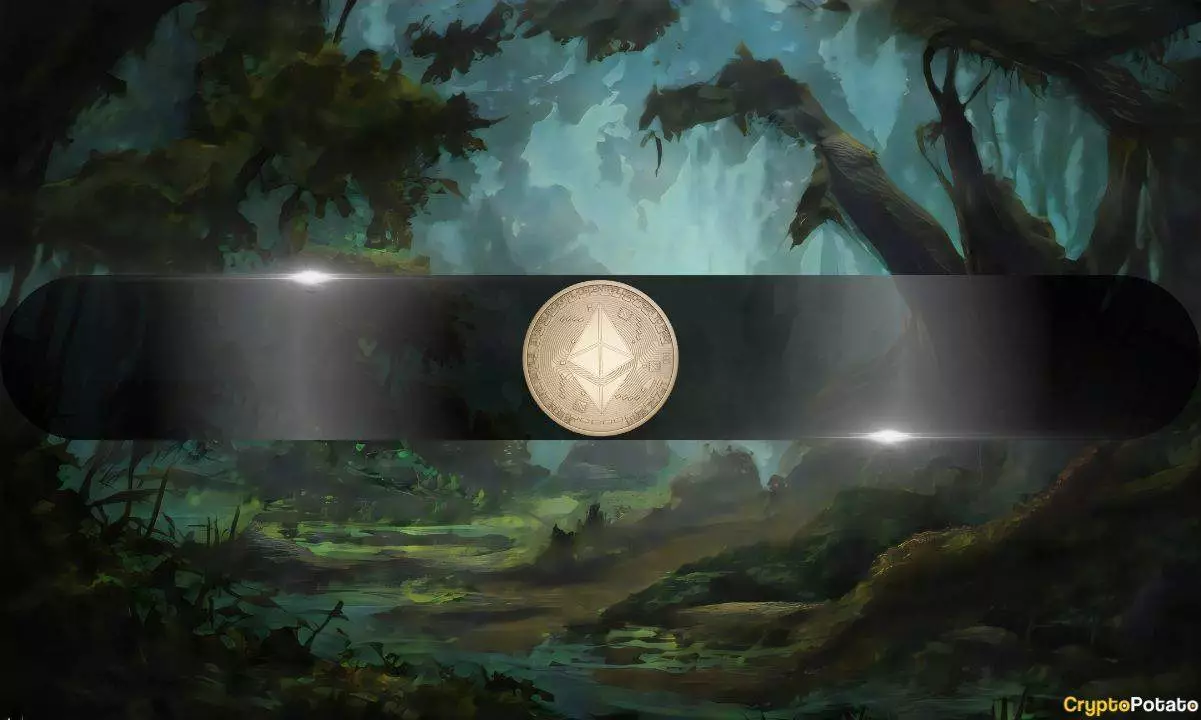Recent discussions surrounding Ether (ETH) have revealed a concerning sentiment about its viability as an investment. Critics, such as Quinn Thompson, founder of Lekker Capital, have taken a stark position, boldly proclaiming that ETH is “completely dead” in terms of investment potential. While debates around cryptocurrencies are common, the alarming drop in Ether’s transaction volume, user growth, and revenue underscores a crisis of faith in this once-promising asset. The $225 billion market cap may sound impressive, but it belies a larger issue: the market is losing patience with Ethereum’s creeping stagnation.
Layer-2 Networks: Thieves in the Night
The emergence of layer-2 networks has gained notoriety for purportedly siphoning away value from the Ethereum blockchain. Nic Carter, a reputable voice in the cryptocurrency space, asserts that this value drain stems from a “social consensus” allowing excessive token creation. This raises a critical point: is the Ethereum community inadvertently complicating its own future? It seems that as more layer-2 chains flood the market, they dilute the value of Etherean transactions, creating a disheartening feedback loop that also enriches developers at the expense of average investors. With the Ethereum ecosystem inundated with tokens, many investors are left wondering what tangible value ETH still holds.
A Community Divided
The community around Ethereum appears increasingly fractured, with factions like “Bitcoin maximalists” openly relishing the downturn in ETH’s fortunes. Some assert that venture capitalists, who were once heralded as champions for Ethereum’s growth, have turned against the asset to back infinite layer-1 networks for personal gain. A pseudonymous analyst argues that if the Ethereum community could consolidate its faith in Ether, it would solidify itself against external pressures. Ironically, the communal anxiety stems largely from its own asset class’s perceived volatility, forcing many to question whether the limitless ambition of Ethereum’s developers was, in hindsight, a miscalculation.
The Soul of Investment
Thompson’s assertion that “there is no investment case here” is profoundly unsettling. When confidence in an asset erodes, what remains of its intrinsic value? Ethereum may still operate with utility, but if it’s seen purely as a tool rather than a store of value, serious implications arise. For those who champion a future defined by decentralized finance, Ethereum’s waning reputation poses a challenge: how do we reestablish Ether as a beacon of potential in a decentralized world? Faith in its use case must match or surpass that of its competitors, particularly given that it could easily fall into irrelevance if not carefully recalibrated.
What Lies Ahead for Ether?
As Ether lingers around the $1,830 mark—down nearly 50% from a year ago—the paths diverge. While some embrace a sense of hope that proactive measures can rekindle investor interest, others reflect resignation. This tug-of-war highlights the complex nature of cryptocurrency investments and how community dynamics play a critical role. Ether’s story is not yet finished, but if these alarming trends continue, the concerns raised by Thompson, Carter, and others may ironically solidify into a reality that renders ETH an afterthought in the evolving narrative of digital currencies.


Leave a Reply